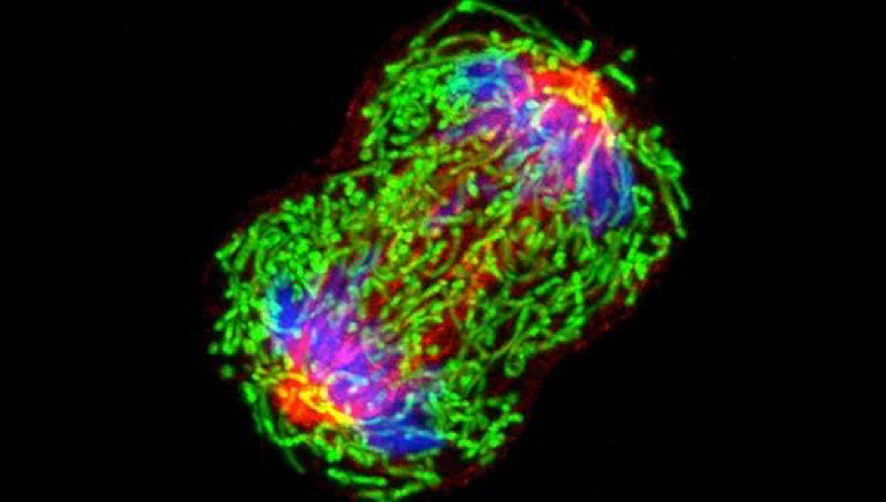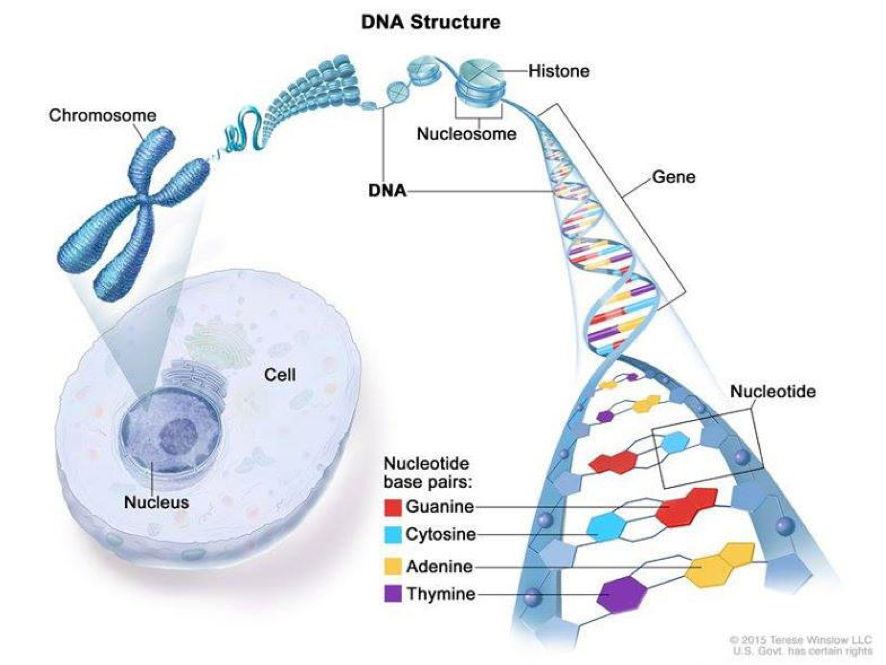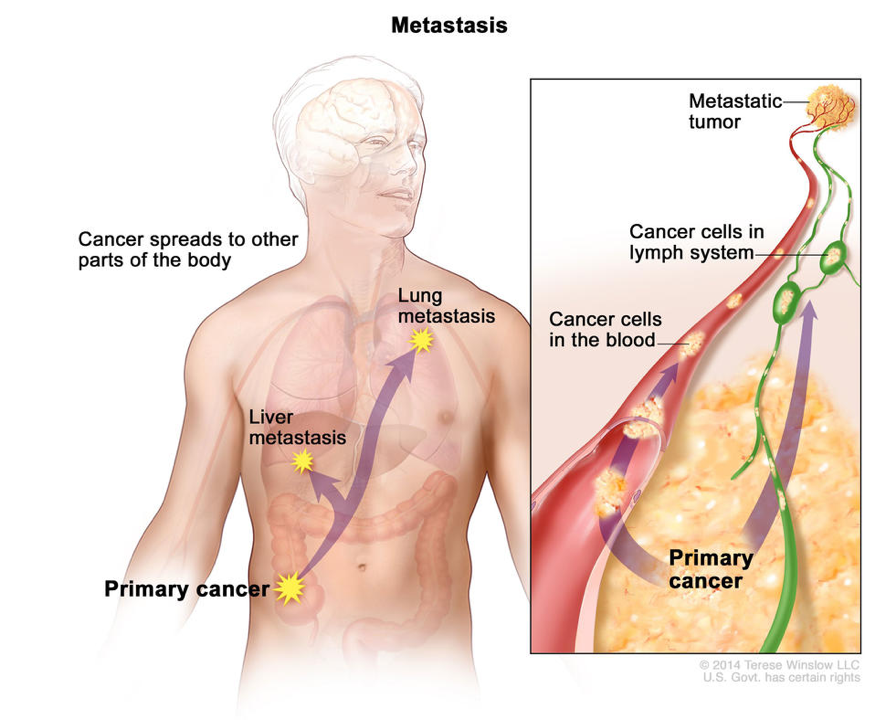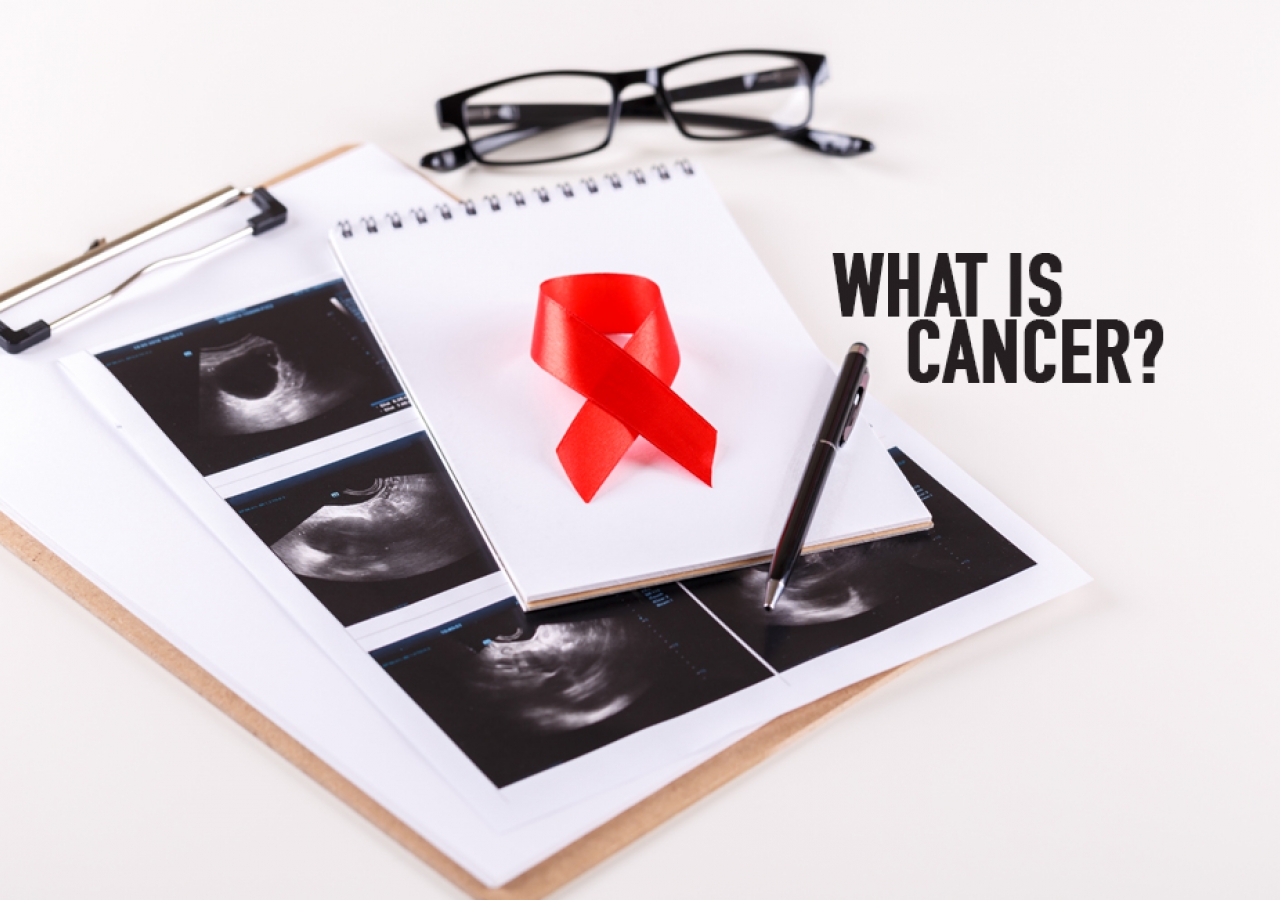Cancer can start almost anywhere in the human body, which is made up of trillions of cells. Normally, human cells grow and divide to form new cells as the body needs them. When cells grow old or become damaged, they die, and new cells take their place.
When cancer develops, however, this orderly process breaks down. As cells become more and more abnormal, old, or damaged cells survive when they should die, and new cells form when they are not needed. These extra cells can divide without stopping and may form growths called tumors.
Many cancers form solid tumors, which are masses of tissue. Cancers of the blood, such as leukemias, generally do not form solid tumors.
Cancerous tumors are malignant, which means they can spread into, or invade nearby tissues. Besides, as these tumors grow, some cancer cells can break off and travel to distant places in the body through the blood or the lymphatic system and form new tumors far from the original tumor.
Unlike malignant tumors, benign tumors do not spread into, or invade nearby tissues. Benign tumors can sometimes be quite large, however when removed, they usually don’t grow back, whereas malignant tumors sometimes do.
Unlike most benign tumors elsewhere in the body, benign brain tumors can be life-threatening.
A dividing breast cancer cell

How Cancer Arises
Cancer Cause

Cancer is a genetic disease, that is, it is caused by changes to genes that control the way our cells function, especially how they grow and divide.
Genetic changes that cause cancer can be inherited from our parents. They can also arise during a person’s lifetime as a result of errors that occur as cells divide or because of damage to DNA caused by certain environmental exposures. Cancer-causing environmental exposures include substances, such as the chemicals in tobacco, and radiation, such as ultraviolet rays from the sun.
In general, cancer cells have more genetic changes, such as mutations in DNA, than normal cells. Some of these changes may have nothing to do with cancer, they may be the result of cancer, rather than its cause.
When Cancer Spreads
When Cancer Spreads

Cancer that has spread from the place where it first started to another place in the body is called metastatic cancer. The process by which cancer cells spread to other parts of the body is called metastasis.
Metastatic cancer has the same name and the same type of cancer cells as the original, or primary, cancer. For example, breast cancer that spreads to and forms a metastatic tumor in the lung is metastatic breast cancer, not lung cancer.
Treatment may help prolong the lives of some people with metastatic cancer. In general, though, the primary goal of treatments for metastatic cancer is to control the growth of cancer or to relieve symptoms caused by it. Metastatic tumors can cause severe damage to how the body functions and most people who die of cancer die of metastatic disease.
Source: https://www.cancer.gov/







